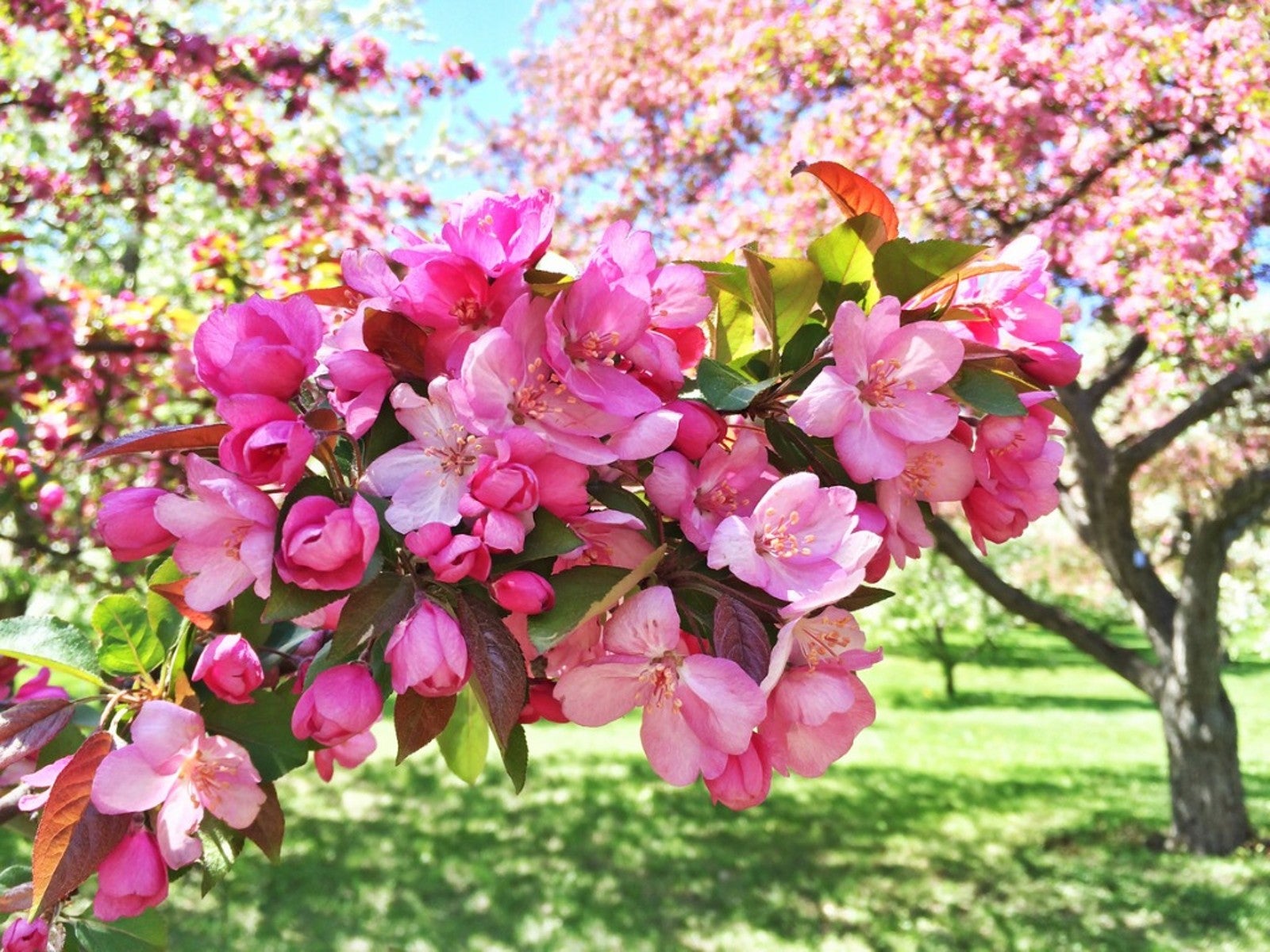Types Of Flowering Trees For Spring Gardens


Spring blooming trees say loud and clear that the world is waking up after winter. With the showy white, pink, or lilac flowers, they look like dancers in tutus opening nature’s show.
If you're planting trees to light up the yard in March or April, you’ll be interested to learn about the different types of flowering trees out there. Read on for an overview.
Spring Flowering Trees
When you are ready for spring flowering trees in your backyard, you may want to grab the first one you see in the garden store. But that kind of spontaneity may be unwise when it comes to selecting trees.
Every tree species has its own temperature, exposure, and soil requirements, as well as sufficient space for it to attain its mature height and breadth. You’ll want to consider a number of factors, including:
- The mature size and form of the tree.
- When the tree blooms and what the flowers look like,
- What kind of site the tree will thrive in, and
- How much maintenance the tree will require.
Trees with White Blossoms
All flowering trees are lovely, but a tree with white flowers in spring looks especially magical in the garden. Fortunately, there are quite a few types of flowering trees that will fit the bill.
One such tree is the white fringetree (Chionanthus virginicus) with its truly unique white flowers. It is native to North America which means that it requires relatively little nurturing. The white fringetree has shiny leaves that contrast nicely with the delicate drooping white blossoms. They are in flower from May to June and produce dark blue berry-like fruit, beloved by birds and wildlife.
A second lovely tree with white blossoms in spring is the star magnolia. This tree is small but its gorgeous white flowers – blooming in March - are huge, with up to 18 petals each. Plant the star magnolia in full sun and in a site protected from winds.
Sign up for the Gardening Know How newsletter today and receive a free copy of our e-book "How to Grow Delicious Tomatoes".
Trees with Pink Spring Blossoms
Another popular choice for a spring flowering tree is one with pink blossoms. The eastern redbud (Cercis canadensis) is a small, native tree with vivid pink blossoms that overfill the bare branches in spring. It is deciduous and loses its heart-shaped leaves in the fall. Hardy to zone 4, eastern redbud can grow to 30 feet (10 m.) tall, but smaller cultivars are available.
Red buckeye (Aesculus pavia) also provides eye-catching clusters of pink spring flowers on the tips of each branch. They last a few weeks and, once they pass, you still have the cool buckeye leaves, each with five, palmately arranged leaflets. This is a tough tree and will thrive in demanding conditions.

Teo Spengler is a master gardener and a docent at the San Francisco Botanical Garden, where she hosts public tours. She has studied horticulture and written about nature, trees, plants, and gardening for more than two decades, following a career as an attorney and legal writer. Her extended family includes some 30 houseplants and hundreds of outdoor plants, including 250 trees, which are her main passion. Spengler currently splits her life between San Francisco and the French Basque Country, though she was raised in Alaska, giving her experience of gardening in a range of climates.